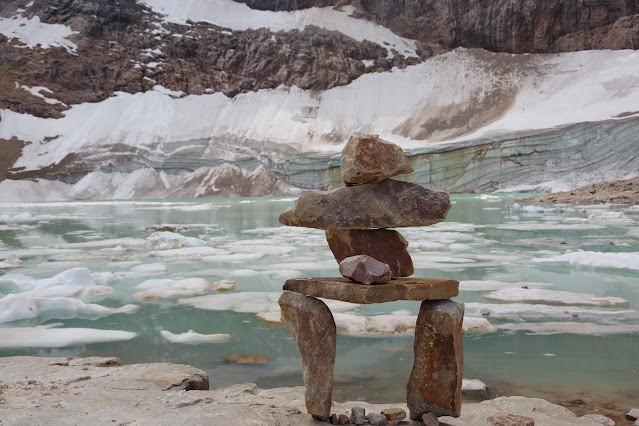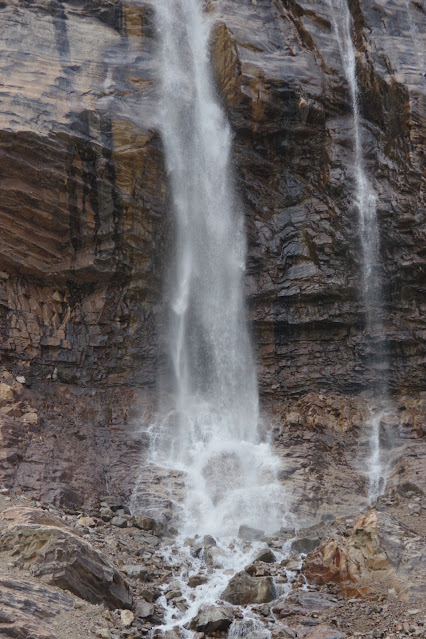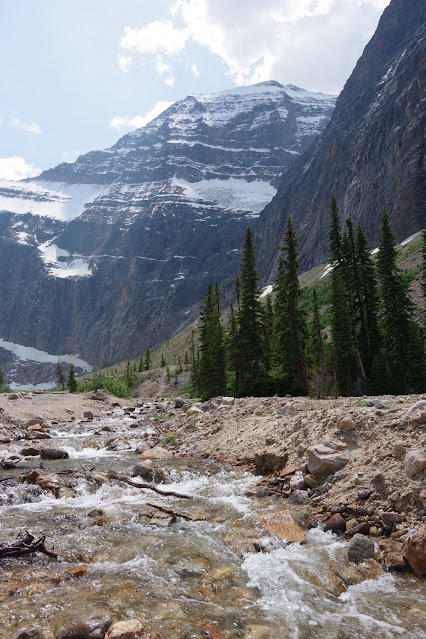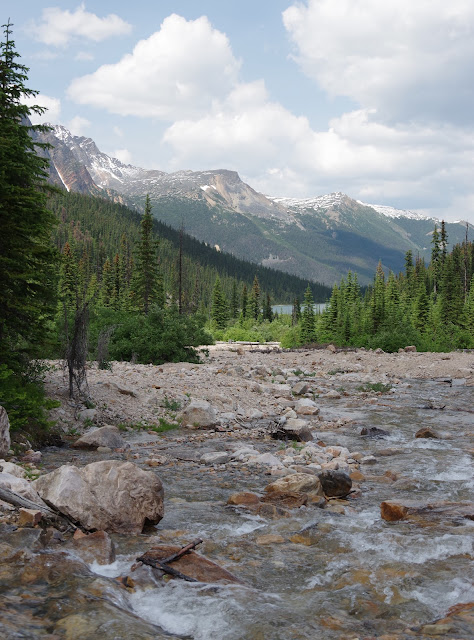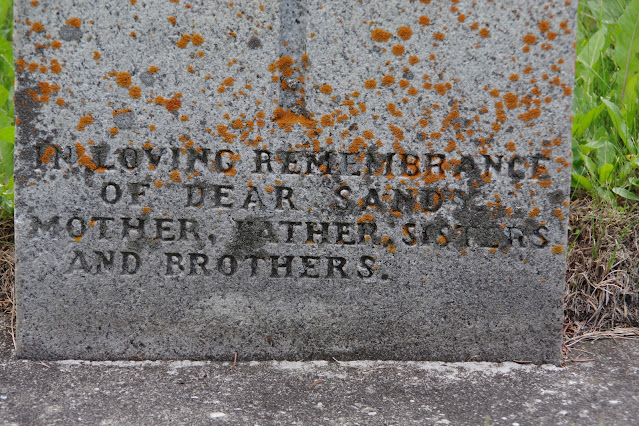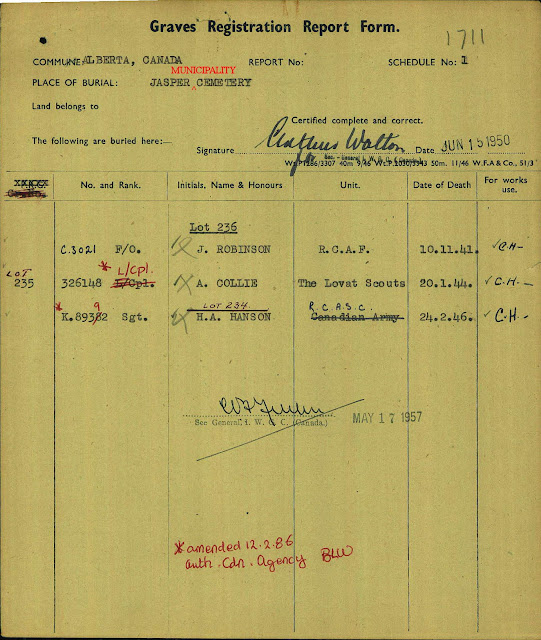A highlight during our stay in Jasper, was a return visit to Mount Edith Cavell …
Originally known as "La Montagne de la Grande
Traverse", a name given to the peak by French-Canadian voyageurs using the
nearby Athabasca Pass as a fur trade route, the mountain is an impressive 3300m
(11000’) peak.
Named in honour of the British nurse Edith Cavell, who
operated a medical clinic and nursing school in Brussels at the start of the World
War I in August 1914. She bravely chose to stay in her adopted homeland when
the Germans invaded and regardless of nationality provided medical treatment to
injured soldiers. She also helped smuggle injured Commonwealth soldiers out of
Belgium to the safety of neutral Holland. For those actions, Cavell was
arrested by the occupation authorities in August 1915, charged under the German
Military Code. Found guilty, she was executed by a German firing squad at dawn on
October 12th, 1915. Her execution was condemned internationally,
resulting with increased anti-German sentiment in many countries including at
that time neutral America.
Throughout the world, many memorials have been created to Edith Cavell including Canada in 1916 ~ Mount Edith Cavell.
To get there from the highway, we drove on a very steep and
winding 14km road to the mountain's awesome north face, an area famous for
interesting moraines, the Cavell Meadows, alpine flowers and spectacular views
of Angel Glacier.
In a similar way to my recent observations at Athabasca
Glacier, see “Alberta 2023 ~ Banff to Jasper …” at ~
https://southshoretidewatch.blogspot.com/2023/06/alberta-2023-banff-to-jasper.html
~ I was extremely shocked to compare today’s visit to Mount
Edith Cavell with its Angel Glacier, to my last one on this same date in 1991. An
area I walked upon exactly 32 years ago, that was once a glacier and deep snow is
now a pond and has been given the name “Cavell Pond”. I also noticed that Angel Glacier had receded a good distance up the mountain and the meltwater from it
was furiously falling to the ground.
For me it was a devastating and emotional sight. Normally
when visiting a location after an absence of three decades, you are expected to see
differences, but only in man-made infrastructure, some of which may be deemed
as progress will others not so much. But to see first-hand and personally
witness the results of global warming, the man-made destruction to our natural surroundings is totally
and completely tragic on a grand scale ~ so very sad.
After our visit to the mountain, we stopped a little way down to see some
views of Cavell Lake with Mount Edith Cavell in the background.
Below are today’s photos taken at Mount Edith Cavell, I have
added notes to some of them …
 |
| Mount Edith Cavell |
 |
| Angel Glacier |
 |
| Cavell Pond, a feature created during the last 32 years, can be seen on the right. When I was last there, the ice and snow were level to the bottom of the waterfall. |
 |
| Cavell Pond where I walked over ice and snow exactly 32 years ago. |
 |
| The ice and snow that is now Cavell Pond, was level to where the waterfall lands on the ground. |
 |
| Angel Glacier |
 |
| Cavell Lake in the distance. |
 |
| Cavell Lake with Mount Edith Cavell furthest away. |
 |
| Melt water from the surrounding mountains making its way to Cavell Lake |
 |
| Water from Cavell Lake flowing down to eventually meet the Athabasca River |




